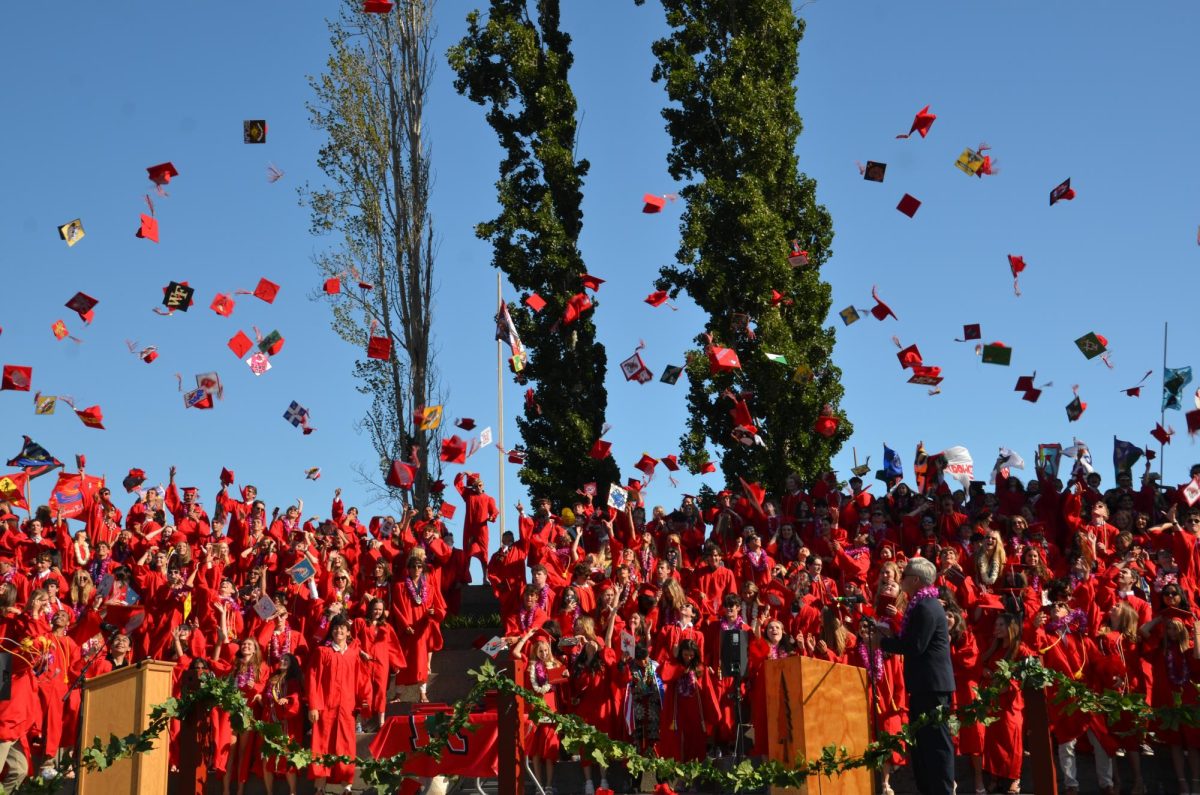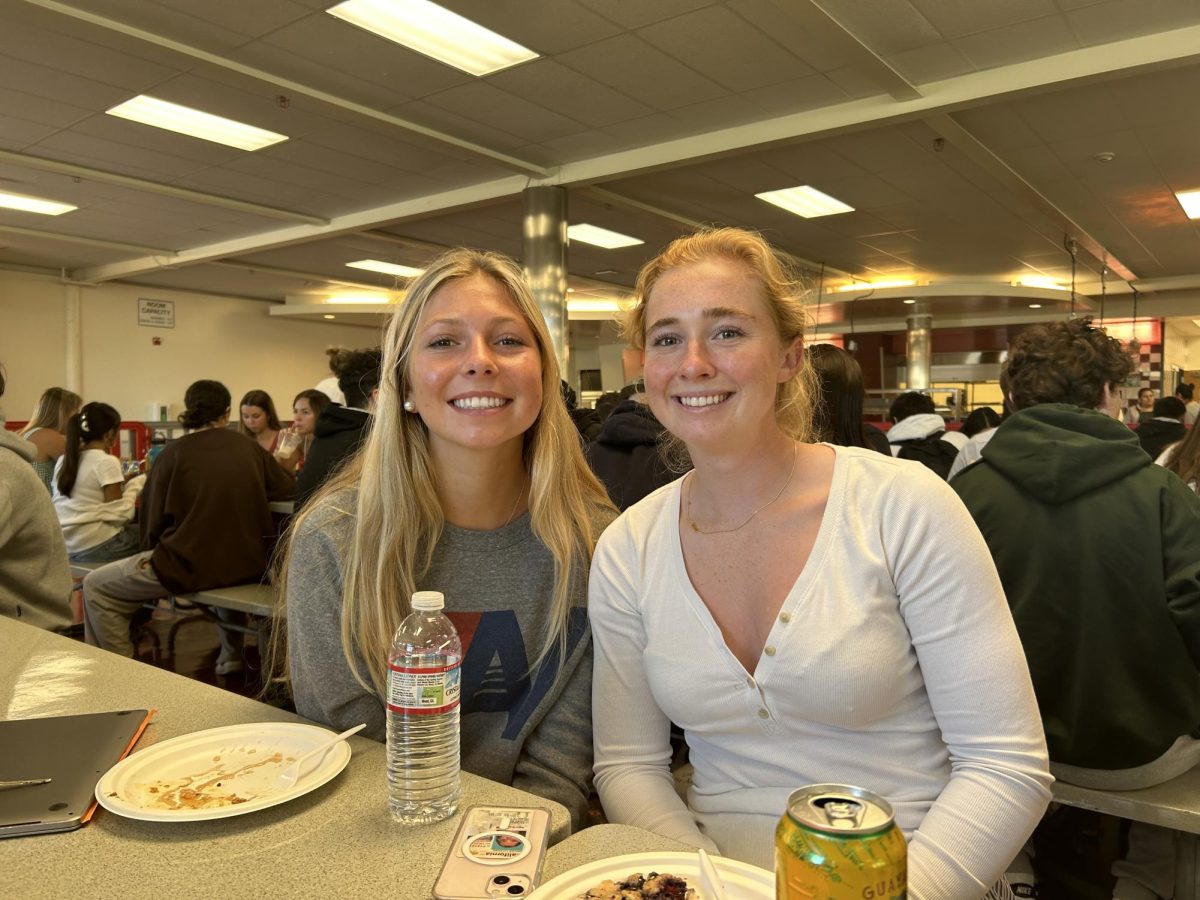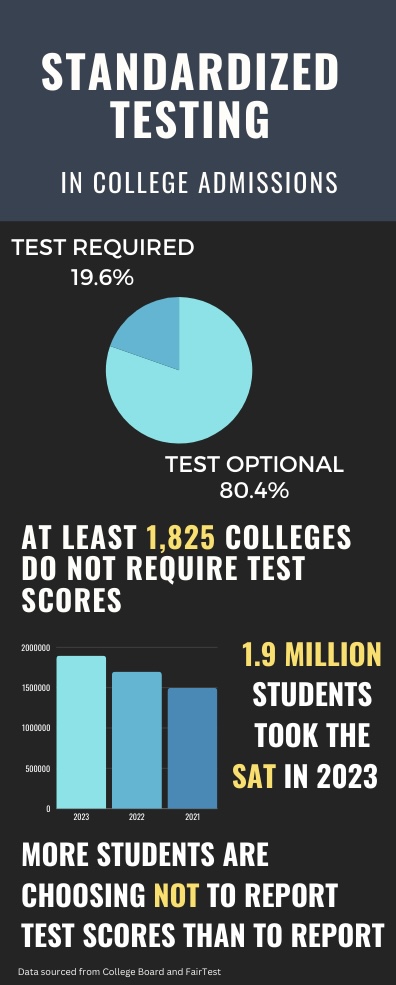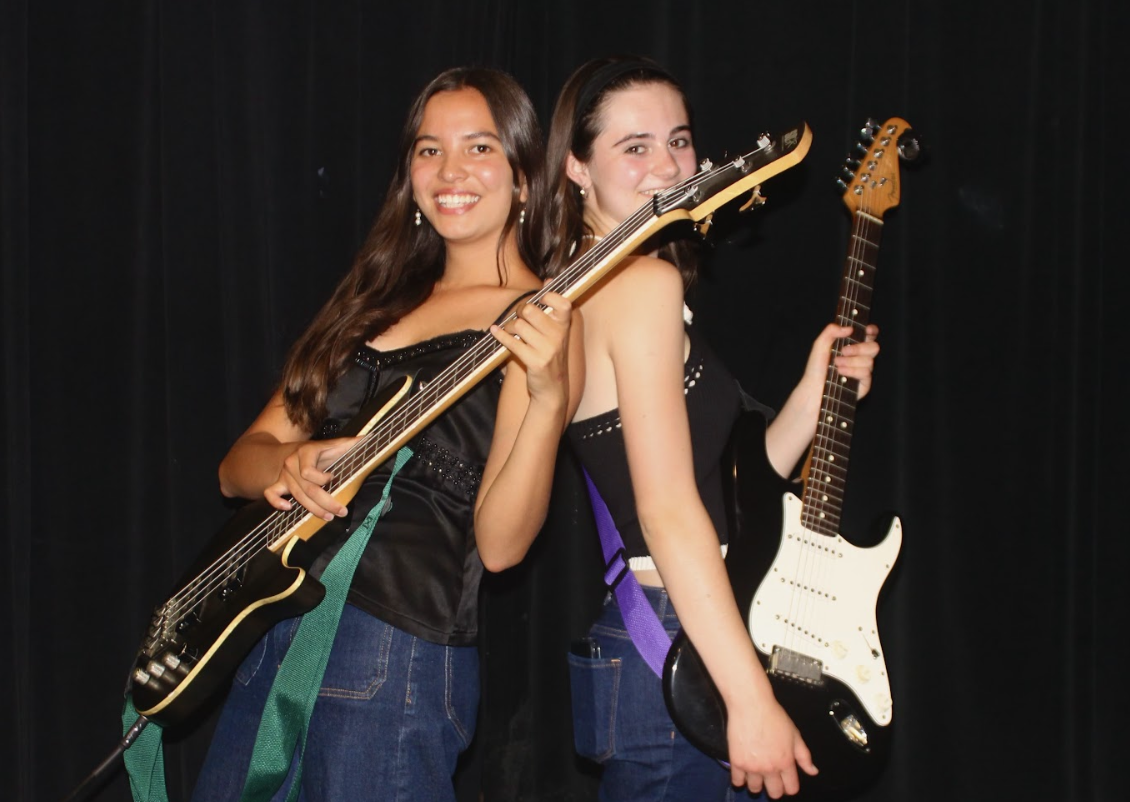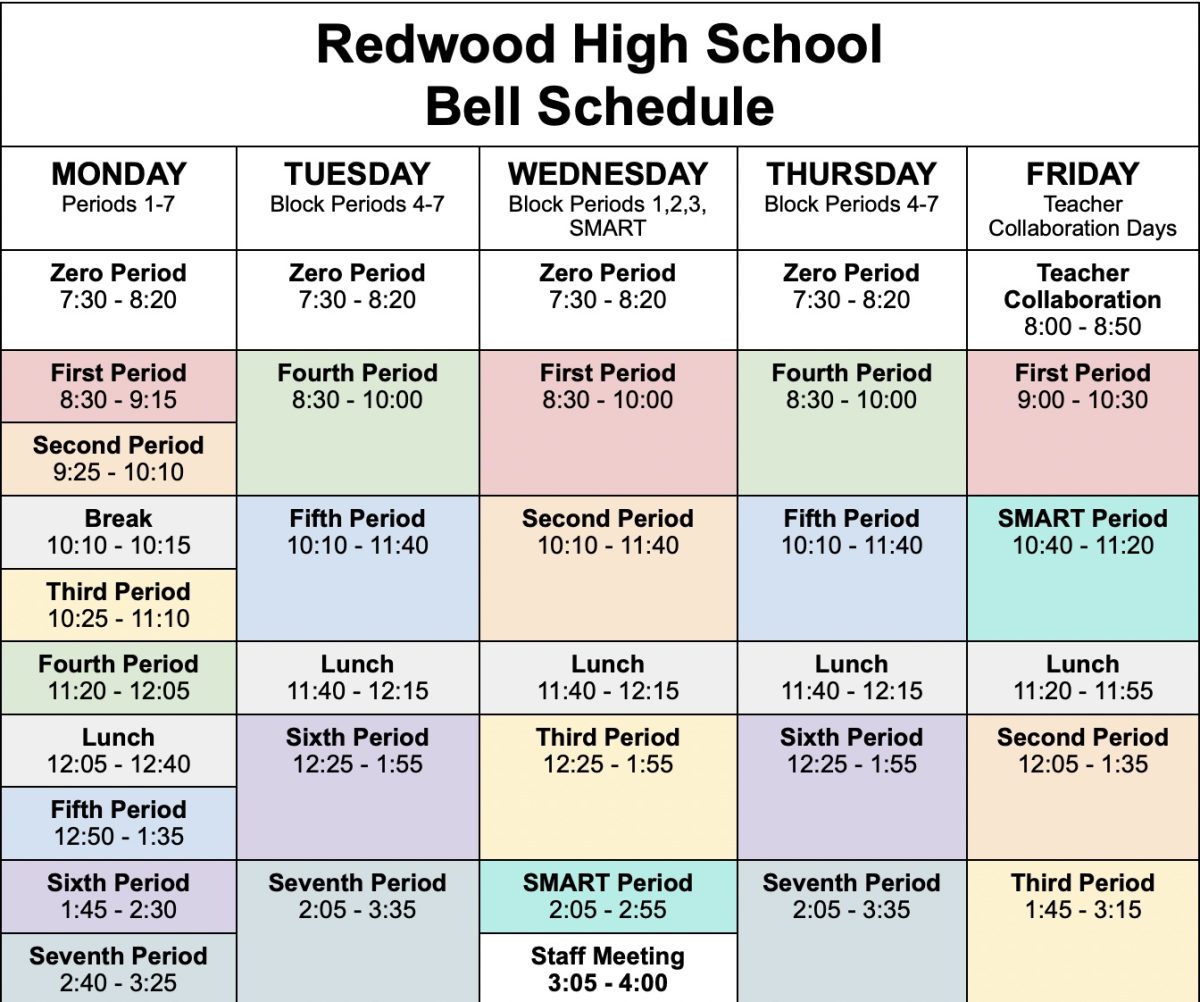Assemblymember Marc Levine released a bill on Aug. 18 which would require a third eastbound lane to be opened immediately on the Richmond-San Rafael Bridge.
The legislation would require the California Department of Transportation to create a temporary third lane out of the current breakdown lane, which would relieve the traffic temporarily until a permanent solution could be constructed.
From 2013-14, a record 126.28 million vehicles crossed the bridge, up 0.5 percent from the year before, and up 12.2 percent since a six year decline in traffic ended in the 2010-11 year, according to the Bay Area Toll Authority.
“Evening commuters sit idle, polluting the environment, and losing time they could otherwise be spending with their families,” the Aug. 18 press release said.
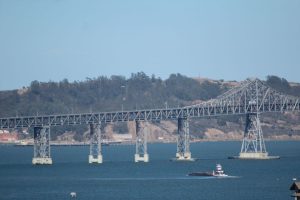
The renovation would also include the addition of a new bicycle and pedestrian path on the Bridge, along with barriers to separate the bicyclists and pedestrians from the vehicle on the bridge, according to the Metropolitan Transportation Commission.
Math teacher Rebecca Kittredge, who commutes to school across the bridge from Berkeley, said that an added lane would make her commute faster and easier.
“I think that a third lane, particularly on the bottom on the way back to the East Bay, is clearly necessary,” Kittredge said.
Less traffic on the bridge would also allow her to stay at school longer in the afternoon, according to Kittredge.
Overall, the entire permanent renovation of the bridge would cost an estimated 70 million dollars, including 32 million for renovation of the eastbound lane, 30 million for the bicycle and pedestrian lane, and 8 million for the planning and environmental review of the project, according to the MTC. The proposed bill, however, would impose a much cheaper, immediate opening of the the current breakdown lane, until the permanent renovations could be completed.
According to sophomore Max von Franqué, the opening of a third lane would benefit him and his family. His father, who works at Kaiser in San Rafael, has issues regarding many of his co-workers who live in Richmond and are forced to commute across the bridge in heavy traffic in order to get to work.
“I think a lot of kids at Redwood and a lot of kids in Marin go to Kaiser as their pediatrician or for other things, and a lot of staff members at Kaiser have to turn down jobs there and work closer to their home because of the commute,” von Franque said. “That means that you are getting fewer doctors within the hospitals, and the doctors who are in the hospitals like my father have to do more work and have to cover for the doctors who can’t be there.”
Von Franque also believes that an added lane would result in environmental benefits.
“Instead of a [lengthy] car ride with cars just sitting in traffic and burning fuel, you’re having now maybe a 20 minute car ride,” Franque said.
A third lane would increase safety on the bridge, according to the press release by Levine.
“[The traffic] creates an unsafe situation and collisions as motorists change lanes in gridlock traffic,” the Aug. 18 press release said.
The proposals are scheduled to be considered for approval by the MTA and the Association of Bay Area Governments in September.







